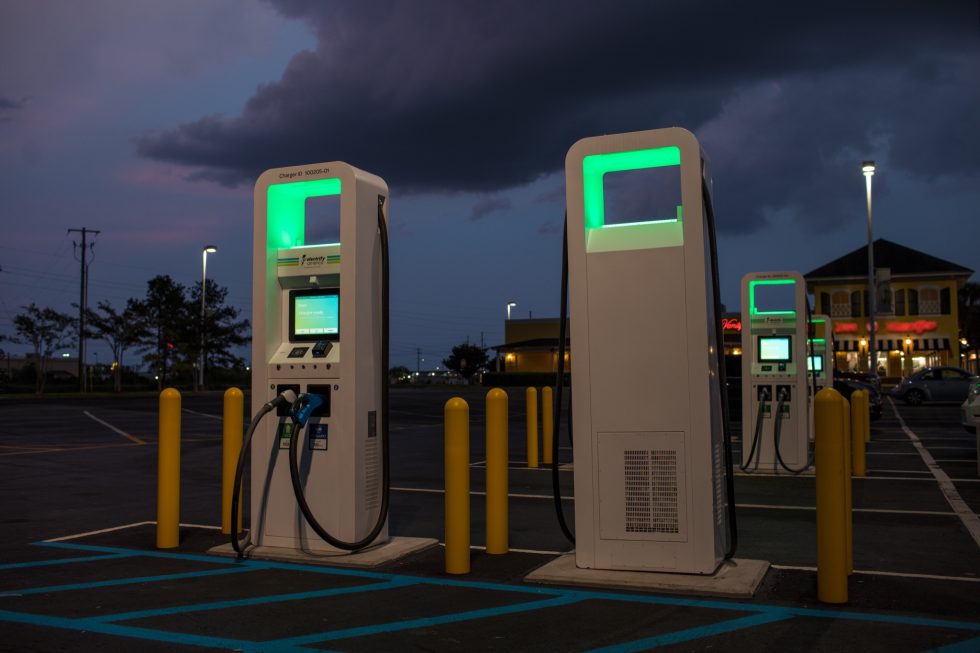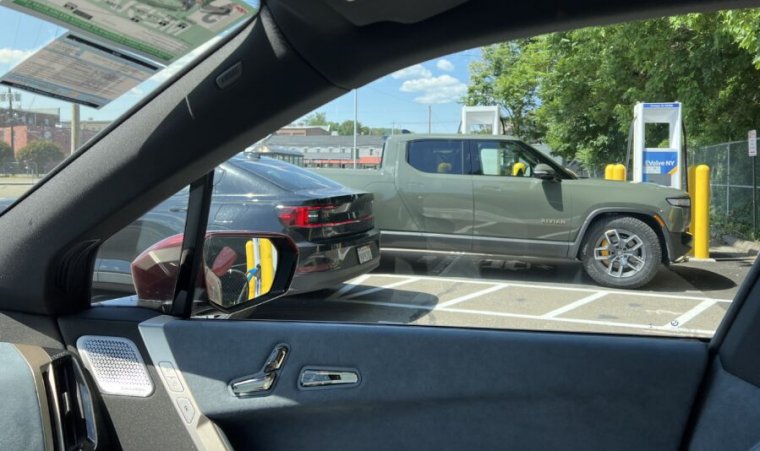In many regards, electric vehicles are clearly better than the internal combustion engine-powered relatives they will eventually replace. They're quieter, they rattle and vibrate less, they accelerate faster, and they're much more efficient because they can recover energy under braking. And their batteries should last for the life of the car as well as a gasoline engine does. But I'm increasingly convinced that EV adoption is going to run into real problems if we can't get a handle on charger reliability.
Even the biggest EV enthusiasts can't ignore the fact that it takes a lot longer to recharge a battery than fill a tank with liquid hydrocarbons—even when that battery is connected to a very high-voltage DC fast charger. For about two-thirds of American car buyers—those who have somewhere at home to charge overnight—this isn't a problem most of the time. On average, people only drive 29 miles a day, so even short-range EVs should actually meet the needs of most drivers.
That's the purely rational take, anyway.
But it's impossible to divorce oneself from the cultural context of the car, now tightly bound to the American sense of identity following decades of post-war construction that reshaped our built environment to prioritize the individual driver against all others. A car means freedom—being able to travel from coast to coast on a whim—and stopping to charge every 150–250 miles becomes an impediment to that freedom. And the fact remains that in 2022, if you want to travel far enough that you need to plug in during your trip, you're in for a headache.
Just plan first, right?
At this point, some of the more EV-comfortable readers might be thinking, "Nah, you just need to plan properly." Certainly, proper planning is essential, and often the most direct route is not possible due to charging station locations. Thankfully, there are some helpful apps like PlugShare and A Better Route Planner that make planning relatively simple—at least compared to the old days of paper road atlases—and most EVs' onboard navigation systems are aware of chargers. Many will also take your efficiency into account to route you most efficiently to your destination via charging stops.

Finding a charger isn't actually the problem, though, even if it adds another 50 miles to your road trip. According to the Department of Energy's Alternative Fueling Station Locator, there are 1,433 Tesla Supercharger locations and another 4,564 public DC fast charger locations that use the CCS plug, which will charge basically every EV on sale other than a Tesla or a Nissan Leaf.
Between networks like Electrify America and plans from the White House, as a nation, we're spending billions on expanding EV charging infrastructure.
No, the problem is whether or not any of the chargers will be working when you arrive. (Unless you're driving a Tesla, since Superchargers are painless to use and appear to be extremely reliable.)
Man plans, universe laughs
And at this point, I owe the universe an apology. A few weeks ago, The Wall Street Journal published a piece about an EV road trip gone awry. The headline says it all: "I Rented an Electric Car for a Four-Day Road Trip. I Spent More Time Charging It Than I Did Sleeping."
As a smug EV evangelist and self-proclaimed EV expert, I rolled my eyes. "They just didn't plan well enough," I thought to myself, not realizing I was merely hoisting myself on my own petard. A few weeks later, it was time to drive from DC to Watkins Glen in the Finger Lakes region of New York, this time in a BMW iX. And despite plenty of planning, I still spent almost as much time stationary, arguing with charging machinery, as I did actually pulling electrons into the car's battery pack throughout the 600-mile journey.
At each charging stop, in Virginia, Pennsylvania, and New York, I ran into problems. A five-minute wait to see if the car and charger would establish communications was invariably the case. Waiting 10 minutes was not uncommon. Even then, there was no time to relax; more than once, an error somewhere in the loop shut everything down after just a few kWh.



3175x175(CURRENT).thumb.jpg.b05acc060982b36f5891ba728e6d953c.jpg)

Recommended Comments
There are no comments to display.
Join the conversation
You can post now and register later. If you have an account, sign in now to post with your account.
Note: Your post will require moderator approval before it will be visible.